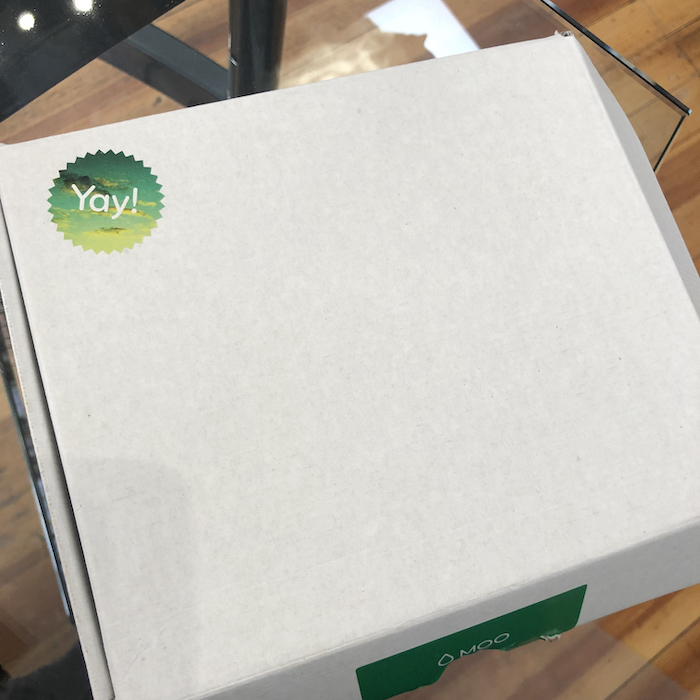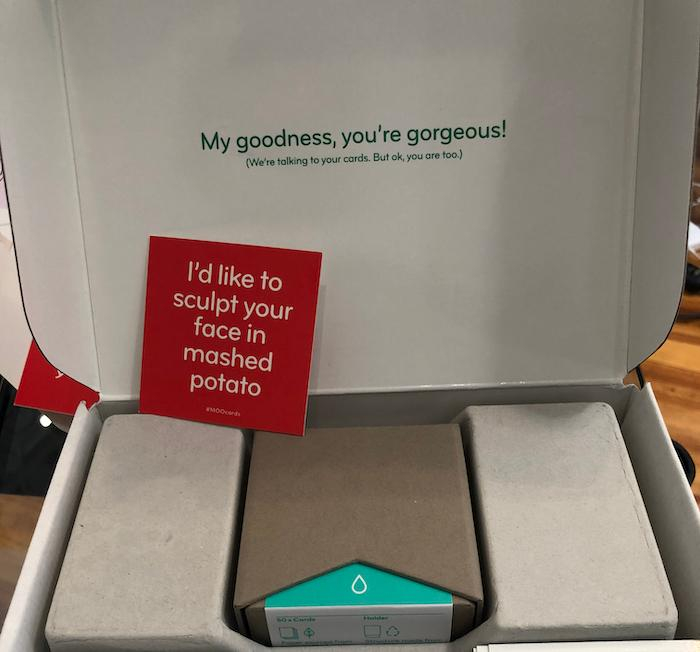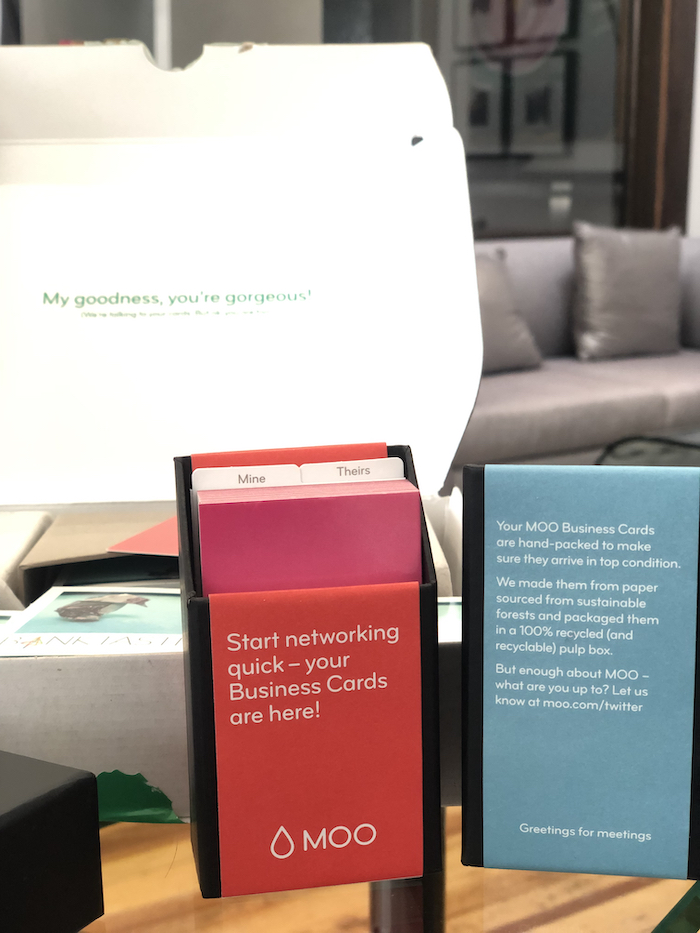 They say good things come in small packages, but a recent experience indicates that good experiences come wrapped in branded packaging. And we all know that good—and better yet, great—customer experiences lead to loyalty, trust and repeat purchases.
They say good things come in small packages, but a recent experience indicates that good experiences come wrapped in branded packaging. And we all know that good—and better yet, great—customer experiences lead to loyalty, trust and repeat purchases.
Many companies are missing a vital piece of the customer journey when they let their carefully created and nurtured brand personality fall short on the customer’s doorstep. This is akin to dropping the ball at the one yard line.
A well-differentiated brand gives the buyer a reason to choose it, and reassures buyers of their choice every step of the way, from purchase through delivery.
Packaging IS Customer UX: a recent experience
Compare these two packages:

 Both were purchased online. Both arrived on time, as promised. But one stood out by managing the brand experience at every level, including down to the packaging details.
Both were purchased online. Both arrived on time, as promised. But one stood out by managing the brand experience at every level, including down to the packaging details.
My new Moo business cards items arrived in a tidy box, sealed with stickers. The top sticker says, “Yay!” Right away, with color and that excited exclamation point, Moo sets the tone to expect something good is inside this box.
 The quality, sturdy box opens to reveal a bold compliment:
The quality, sturdy box opens to reveal a bold compliment:
“My goodnews, you’re gorgeous!”
Then a cheeky, “(We’re talking to your cards. But ok, you are too.)”
There is even messaging wrapped around the card boxes within and inserts that explain their purpose and commitment to using only sustainable materials in their processes and packaging.
Contrast that with the wrinked plastic bag from Amazon, where no care or attention had been paid to packaging.
The scuffed outside makes me wonder, "Did I order this? Is this a mistake?"
Inside was a beautiful sweater. Despite the rugged and beat up outer packaging, the piece was unharmed. But frankly, unwrapping this package was not a pleasant experience. Rather, there was trepidation and fear that the contents were damaged and would require a return.
 Moo is a premium product, commanding a higher price than some other competitors. Ordering and receiving business cards or stationery items is not usually an exciting activity, certainly not as fun as purchasing clothing. Yet Moo has differentiated by creating a brand experience that is fun, modern and sleek. When even their packaging communicates, “there’s something different about our products,” the premium quality and experience are well worth the premium price.
Moo is a premium product, commanding a higher price than some other competitors. Ordering and receiving business cards or stationery items is not usually an exciting activity, certainly not as fun as purchasing clothing. Yet Moo has differentiated by creating a brand experience that is fun, modern and sleek. When even their packaging communicates, “there’s something different about our products,” the premium quality and experience are well worth the premium price.
On the other hand, the seller that sends you product in the cheapest packaging available may feel like a “deal,” but sets a low bar of expectation. It doesn’t create an experience that buyers talk about and want to repeat. And it doesn’t reassure them that they made the right choice, but rather invites in buyer’s remorse. If price is the only differentiator, they are competing in the unwinnable race to the bottom, not building a sustainable and healthy brand.
Branded customer UX sets you apart
In a commodity environment, your brand needs to be more than just a product. Design the whole customer experience: it begins when they first choose you over a competitor and should extend to when they open the package and embrace their purchase.
The packaging, or rather the unpacking, experience is an opportunity to reassure customers that they made the right choice and leave them wanting more. If you falter in this step, it’s also a chance for customers to question or even regret their purchase.
Strong brands understand that differentiation means paying attention to all details that impact the customer experience.
How you can create a unique customer UX and reinforce vlue in product packaging
- personlize the tape used to seal shipping boxes
- make directions on how to use your product part of the brand experience, with attention paid to written voice, style, fonts and colors
- does your brand have a scent? the smell of your packaging can be part of the brand experience
- messaging on the packaging slip and receipt
- custom tissue or wrap
Packaging is just one aspect of customer experience. You also need to ensure your brand voice permeates all touch points.
If you aren't in packaged goods, there are other details in your customer experience that have significant impact, such as:
- front of store and in store
- website
- phone greetings and hold music
- after hours voice message
- business cards
- CSRs (customer service representatives)
- employee attire and how they greet customers
- social media
- return process
- booking/cancellation process
- how complaints are resolved
as well as your marketing and advertising. All parts and pieces must work together seamlessly to build a strong brand that customers love.
If you need help building a stronger, branded customer experience, contact me at



